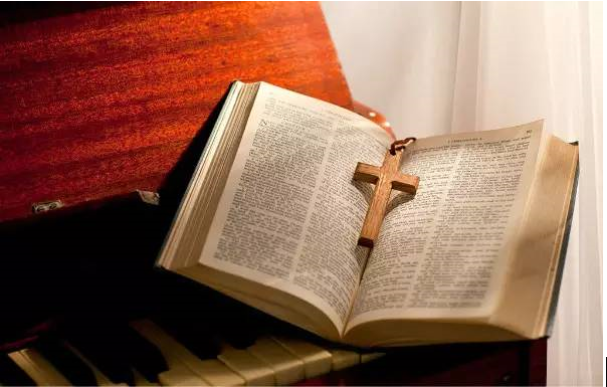During the Chinese People's War of Resistance Against Japanese Aggression, many fighters sang Yue Fei's "Full River Red" when they launched the national salvation movement and went to the battlefield. The composer of this song is Yang Yinliu, the founder of Chinese ethnomusicology.
Born in Wuxi in 1899, Yang Yinliu has loved music since he was a child. He often went to see Taoist priests and enjoyed their performances. At the age of seven, he studied traditional music with Taoist priests. Later, he studied Pipa. At the age of 12, he joined the "Tianyun Society" and learned Kunqu Opera, Pipa, Sanxian, and other musical instruments from the famous musician Wu Wanqing.
In 1920, Yang met Louis Strong Hammond, the American woman missionary, and was baptized to be a Christian. Louis loves Chinese culture and learned traditional Chinese music from Yang, such as Kunqu Opera and playing sheng. Louis taught Yang English, piano, harmony, composition, and other western music knowledge.
In 1923, Yang entered St. John's University. Two years later, the May 30th Massacre broke out. Yang participated in the anti-imperialist patriotic movement and was opposed by some Westerners at the university. He left the school to study in the Economics Department of Kwang Hua University.
During this period, he was moved by Yue Fei's "Full River Red: Hair on End." So he composed this poetry with the tune of the ancient song "Jinling Nostalgia" to be a song "Full River Red," which was sung all over China once it came out.
In 1928, the Chinese Anglican Church, the Church of Christ in China (Reformed Church), the Methodist Episcopal Church, and other Christian sects decided to compile a universal hymn book. Yang was elected to be the general secretary of the Editorial Committee and participated in the editing and translation of hymns. He collaborated with Liu Tingfang and published the collection of hymns "Praise of the World" in 1936. A total of 548 hymns were collected.
In 1932, Yang went to Beijing and joined the Yenching University Music Department. In 1936, he taught the course Chinese music history. During this period, he cooperated with Liu Tingfang and co-edited the "Hymns and Sacred Music" column in the religious periodicals Amethyst and Truth and Life.
After 1940, Yang went to Yunnan, Hebei, Guangxi, Jiangsu, and other places many times for research and collected many precious musical materials. In the second half of his life, he devoted himself to the collection and arrangement of national musical heritage and the study of Chinese music history, music rhythm, phonology, and ancient music scores.
In 1981, Ancient Chinese Music History Draft written by Yang was published, which is valuable for people today to learn, understand, and inherit Chinese music.
Note: This article is written by a freelance writer, a Christian in Xiamen.
Translated by Oliver Zuo












